 |
|
MUOS-5 (Atlas V) 24 June 2016 |
Space Launch Complex 41 Cape Canaveral Air Force Station |
A United Launch Alliance Atlas V rocket launched the U.S. Navy’s fifth Mobile User Objective System (MUOS-5) satellite into orbit at 10:30 a.m. on 24 June 2016 from Space Launch Complex 41 at Cape Canaveral Air Force Station. More about the mission from the ULA press booklet: The U.S. Navy’s fifth Mobile User Objective System (MUOS-5) satellite completes the initial configuration of an advanced network of orbiting satellites and relay ground stations that is revolutionizing secure, tactical UHF communications for mobile military forces. Users with MUOS terminals can seamlessly connect around the globe with new smart phone-like capabilities, including simultaneous crystal-clear voice, video and mission data on a high-speed Internet Protocol-based system. Delivering the next generation of narrowband communications, each MUOS satellite has two payloads supporting both new, advanced Wideband Code Division Multiple Access (WCDMA) waveform capabilities and the legacy UHF satellite system. Once fully operational, MUOS will provide users with 10 times more communications capacity than the legacy system. Once on-orbit, the MUOS-5 satellite, with its 14-meter diameter reflecting mesh antenna, will augment the constellation as an on-orbit spare for the WCDMA capabilities while actively supporting the legacy system. The current MUOS network of four satellites and associated ground stations provides near global coverage. Lockheed Martin is the MUOS prime contractor and system integrator. Some new MUOS features include:
|
|
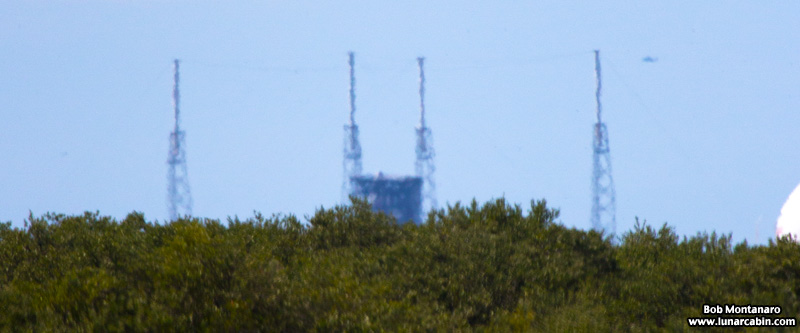 |
|
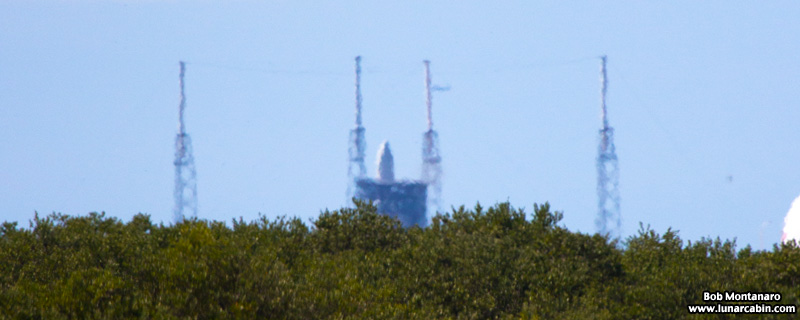 |
|
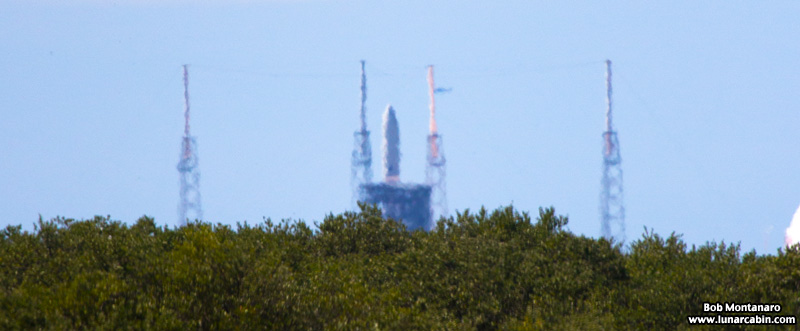 |
|
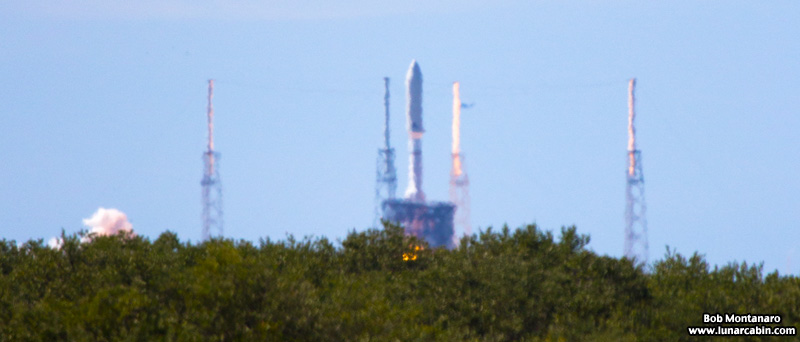 |
|
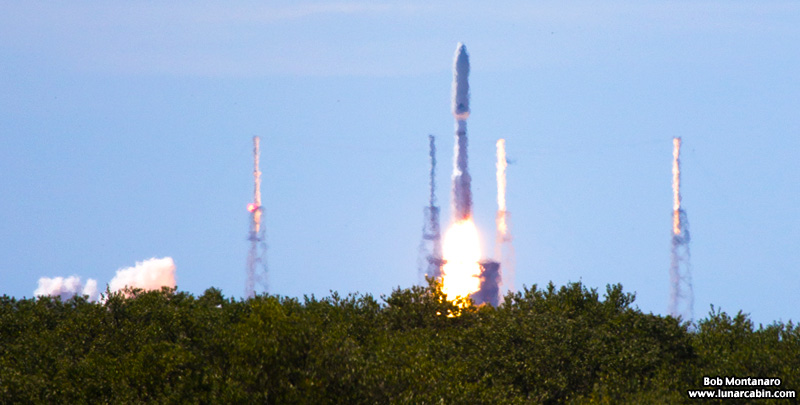 |
|
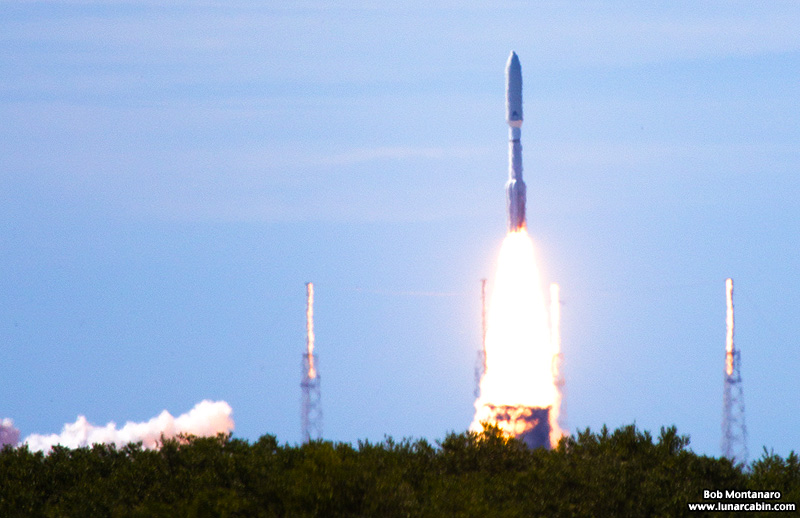 |
|
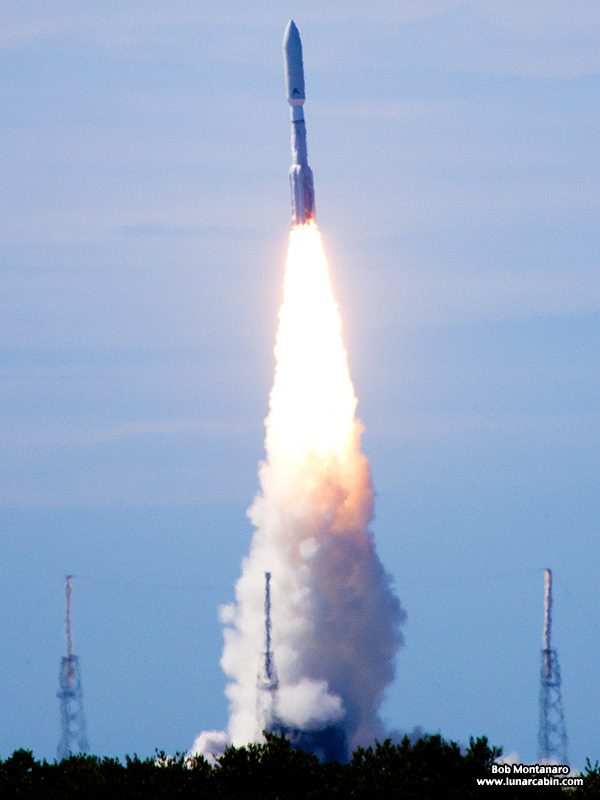 |
|
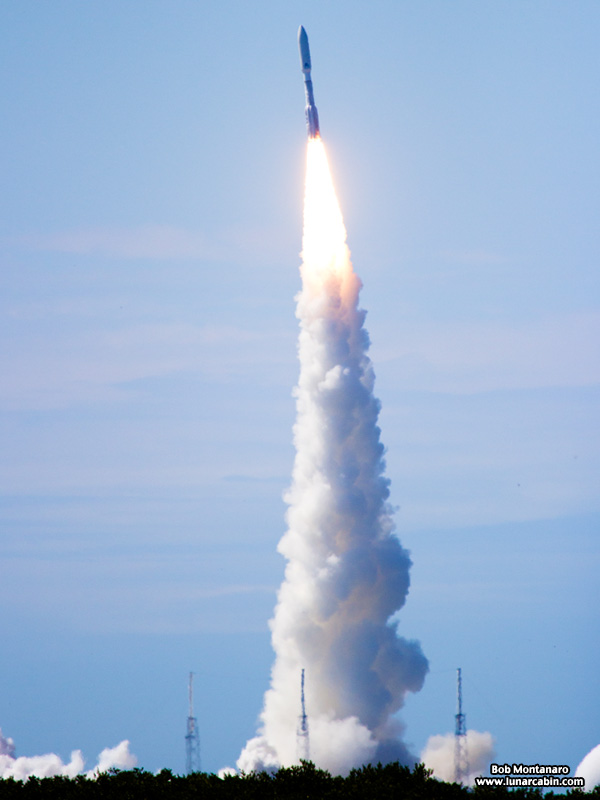 |
|
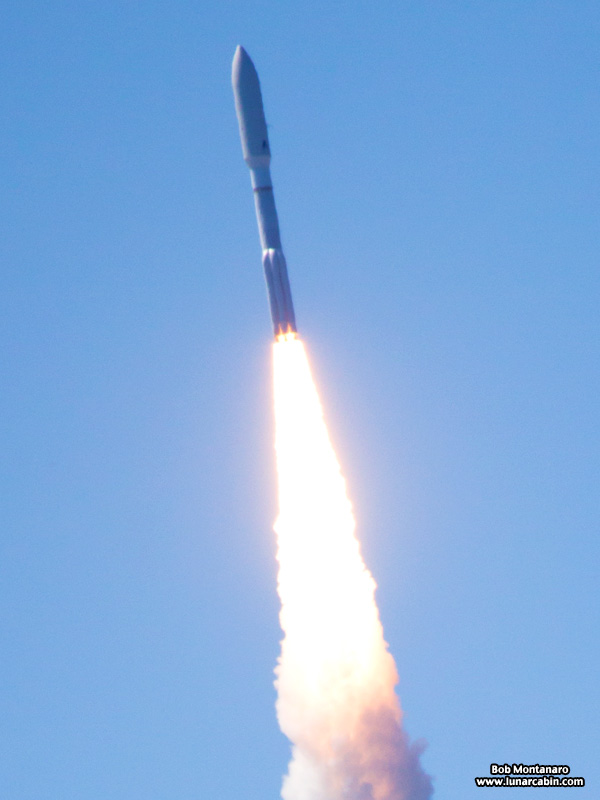 |
|
 |
|
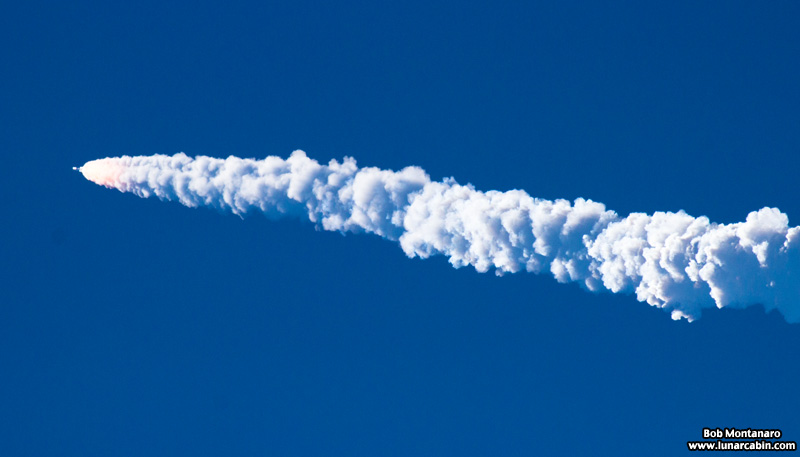 |
|
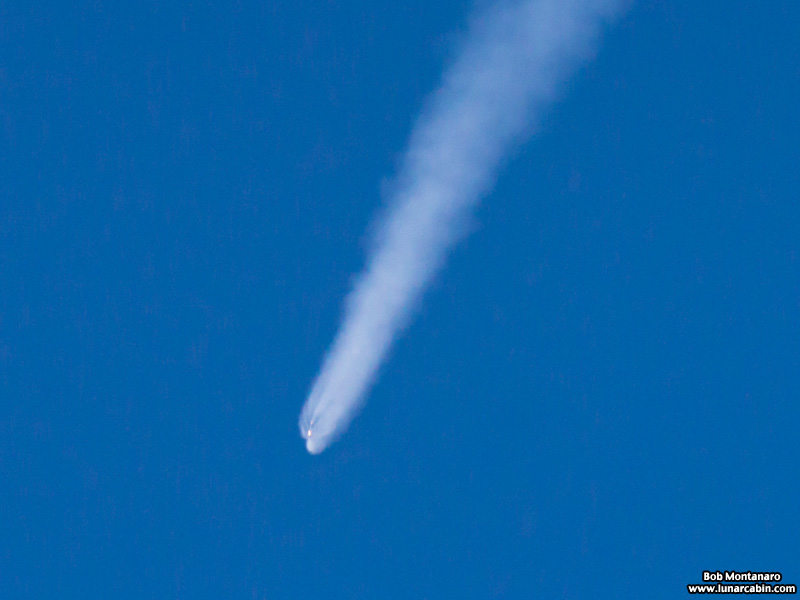 |
|
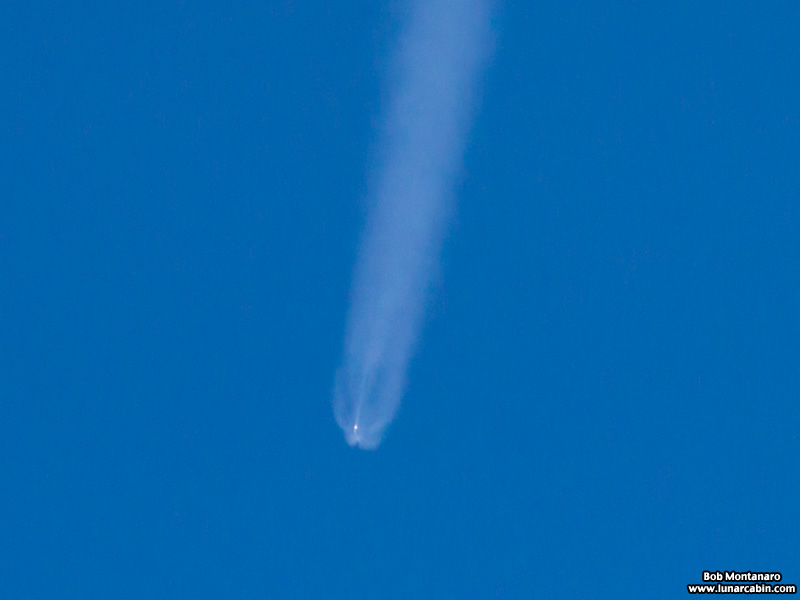 |
|
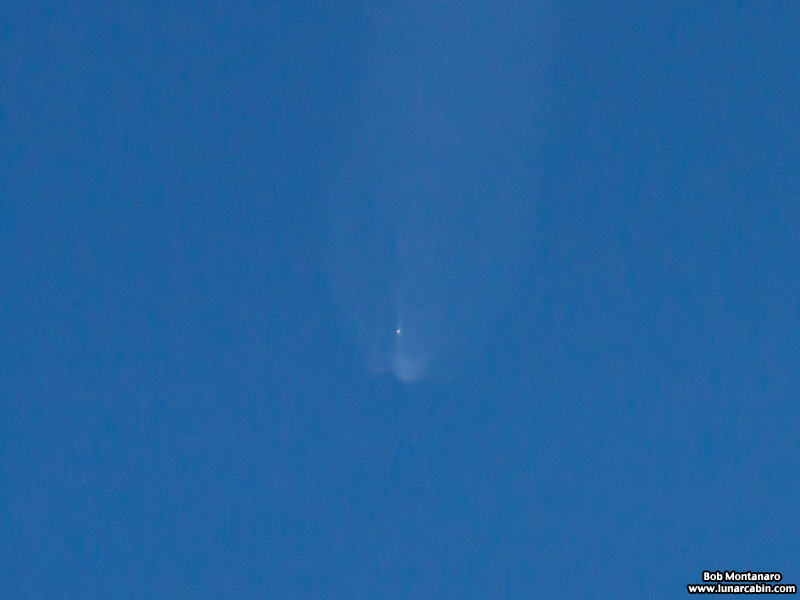 |
|
 |
|
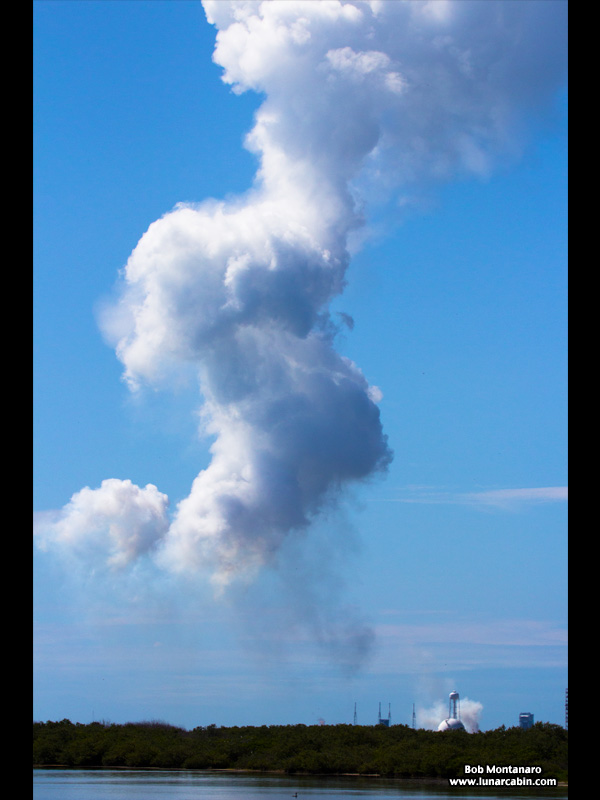 |
|
 |
|
All contents copyright Lunar Cabin |
|